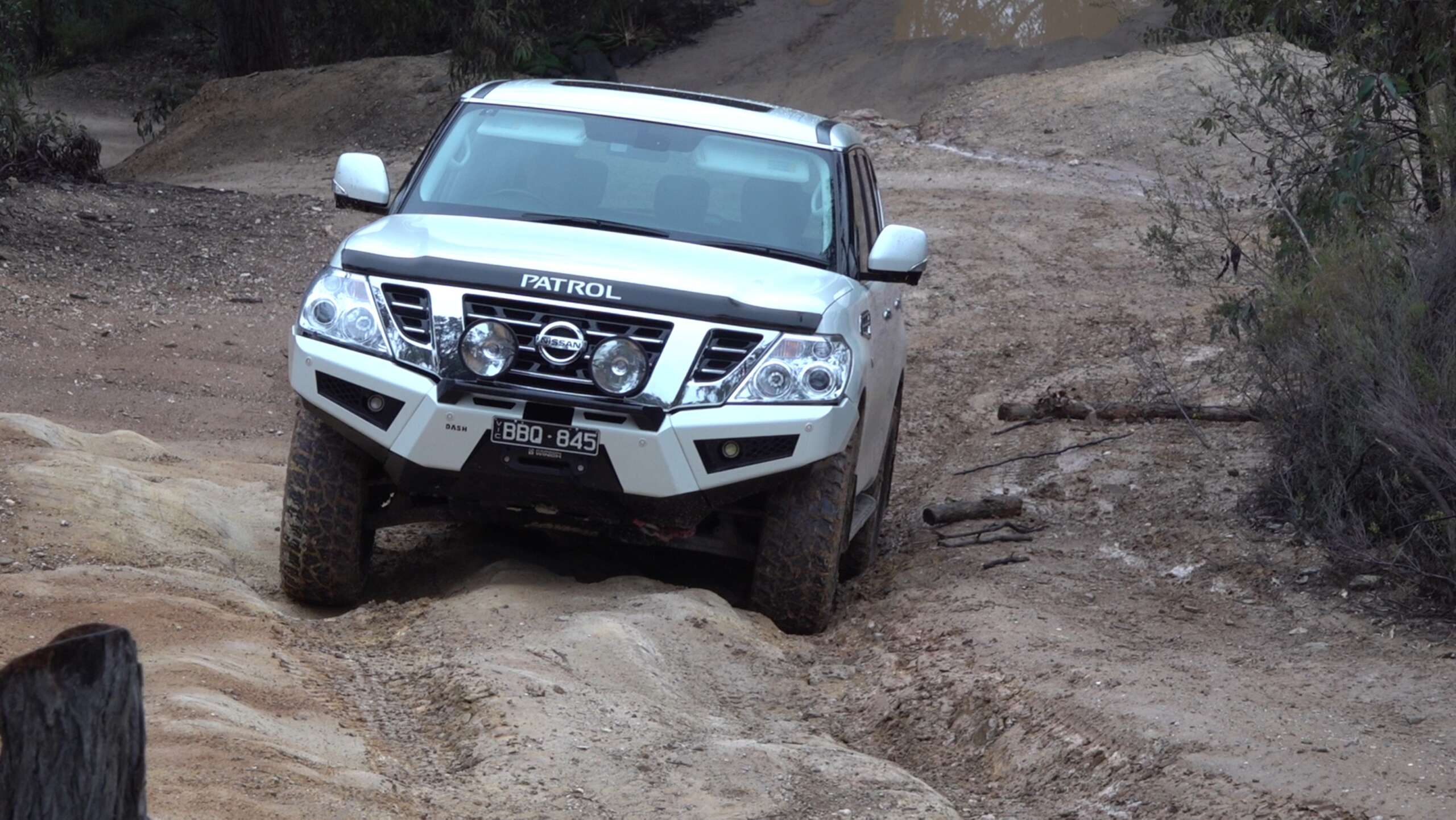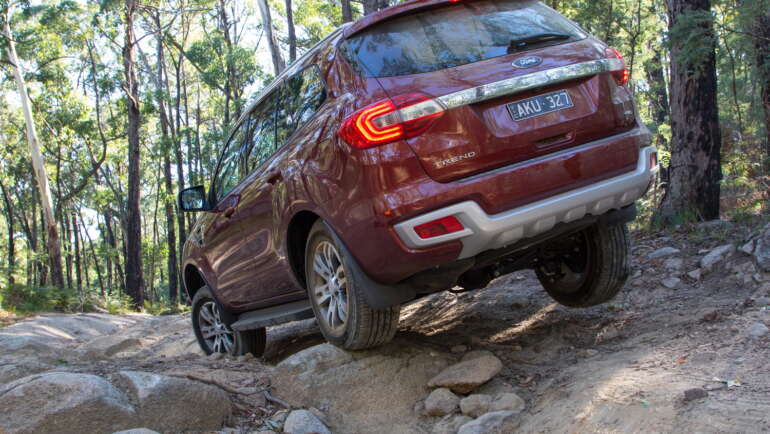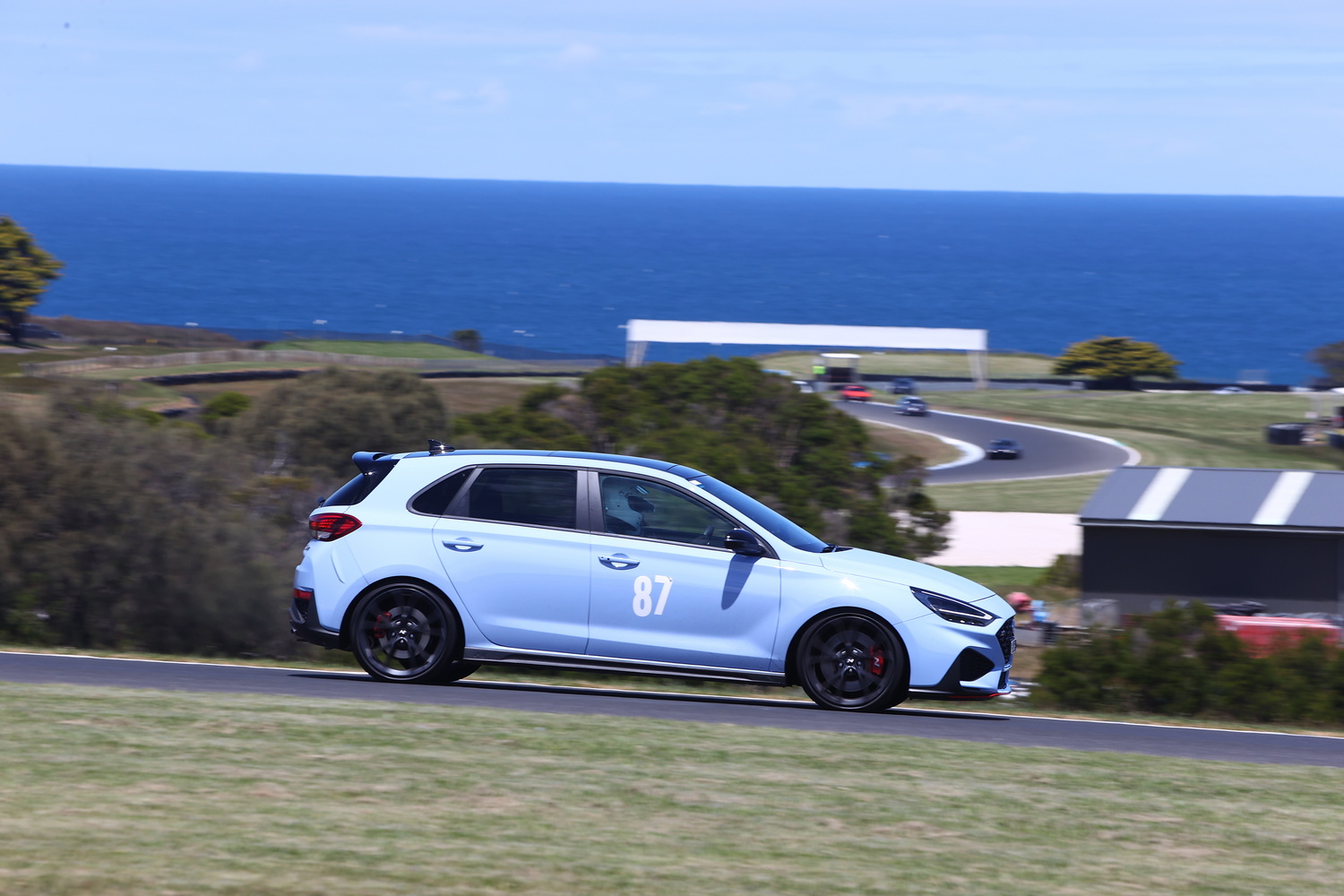
Simple things to get right for modern 4×4 designers
Designing a modern 4×4 is a very difficult task, but there’s a few things which are about as easy to get right as do wrong, so please carmakers, do it right!
Switchgear location
INEOS have put the offroad switchgear in the roof of the Grenadier. In my latest video, I disagree. I want it easily accessible, in my line of sight, and I’m going to further detail why I believe that and address some common objections to what I’ve suggested.
It all comes down to the sort of 4×4 driving you do. In my case, I do offroad touring, often covering long distances each day. Often the terrain is relatively easy, but sometimes it turns very rough, very quickly. For example, you turn a corner on a mountain track and are presented with a very rutted climb. Or a dirt road turns suddenly to soft sand, or a moderate descent quickly turns slippery and steep, or a sand dune appears with wheelspin-scalloped ruts.
I am an experienced 4×4 driver and on most touring tracks I don’t need to stop, get out and assess, I do that as I approach. And if I’m travelling long distances, I don’t have time to stop, select, and move off. What I do need to do is reconfigure the vehicle on the fly for the terrain ahead, as I see it, instantly, because there may be seconds from the time I decide I need a mode to the time I’ll actually need it, just like selecting a gear for a climb before you get there.
Others may have a different style of offroading where it’s all much slower, you stop, get out, carefully engage this that or the other, then drive it. No problem with that, each to their own, I’m half a kay down the track by that time because given the distances involved, I slow down because of the terrain, not because the car needs to. Similar thinking was at Land Rover when they deleted the ability to range-change hi/low and back on the move in the Discovery 4 – I loved that on the D3, and I was told “well you’ll need to get out and look anyway before changing into low”. I could barely believe my ears. To me, that demonstrated a huge gulf in 4X4 driving style.
As far as I’m concerned, lockers, HDC etc are vehicle controls on a par with gears and throttle. And in the same category I’d put locking the centre diff or low range, or using the brake controller when towing, or brake bias in a racecar.
Having the offroad controls in the roof makes using them quickly difficult as you need to divert your eyes to look at them, but INEOS at least replicated the lights into the dash which is a good move. And, if you’re not familiar with the vehicle then roof switches are harder to find and operate. Picture this – it’s 2am, raining hard, another car is stuck, the owner/driver is busy winching somewhere and someone else needs to move the car. Can’t find the switches. A pain, a needless pain. Oh and guess what, I don’t need to imagine, been there, done that. If they’re in line-of-sight soon as you get in you see the switches and think ok, this car has lockers, an offroad mode, HDC, you see it.
Having the offroad controls in line-of-sight is about urgency and ease of use, not frequency of use. Of course, you’d get used to controls wherever they are, and it’s fantastic the vehicle has lockers at all. I also have to say many others have some really terrible control locations including Toyota hiding the lockers for the LC300 GR Sport which are oddly hidden away.
Enable cross-axle lockers in high range
Now for lockers, or cross-axle lockers as I call them to differentiate from the centre diff locks, something which seems to annoy some people. The Grenadier and many other 4x4s insist on low range being selected before the lockers are engaged, and then rear-first, followed by front. I have heard people say there is never, ever a need to use lockers in high range, or any circumstance where you’d want to select front not rear.
It’s always dangerous to say “never”in 4WDing. One principle I fervently beleive in is complete and total driver control, as you never know what you’ll need. Now I will acknowledge that there are engineering reasons to restrict what the driver can do to protect the driveline, and yes 99% of drivers never need 99% of features, but I’m here to represent not good corporate or engineering policy but the interests of 4WD owner-operators in extremis.
Here are some examples of when you might want lockers in high range. The first is mechanical failure, when low range cannot be engaged. The second is desert dunes, when you’re cruising in first and second high, and ahead is a rutted sandy dune – it’s good to be able to flick a locker on at speed, knowing you won’t need to slow below first high. Same applies for crossing a flat expanse of sand that’s been massively sand-rutted by other vehicles, for example a criss-cross beach exit. Then consider the outback, one of those tracks which is dead flat and smooth so you’re in high range, but there’s a creek crossing every few hundred metres and some exits are rutted; you don’t want to be stopping to move in and out of low range, but you do want your lockers on if the exit means a temporary wheel lift. This was also where I found a problem with Land Rover’s design for auto-lowering their cars above 50km/h – you’d be doing 70+ between creeks on the flat, hard-baked earth road, but you’d need the height during the rough creek crossings, and of course raise the suspension too often and it’d overheat. Land Rover clearly never considered that use case, or if they did, didn’t care.
And the need for lockers doubles if you’re towing in any of these situations. I’m sure you can think of more situations where you’re in high range and need to negotiate a wheel-lift obstacle for just a moment, then power on again. Another is a mudbog you’d run in first high, no need to stop for low range, just lockers on and through, out the other side, lockers off and away you go, no messing around. Or getting stuck, like this!
Why you may want front locker first, then rear
Again the first reason is mechanical failure, for example of the rear locker, but also a broken CV or similar. With a broken CV and front locker in you have three-wheel-drive and can steer, if you need to put the rear in as well steering is harder. The other reason for front-first is preserving lateral traction at the rear.
Let’s say you’re on a difficult, technical climb, inching up. The suspension is flexed, rear tyres are hanging on by a thread, rear right wheel is barely touching the ground, rear left is on a ledge, very little traction and using all that traction to stop sliding sideways. In contrast, front right is on solid rock, no chance of sliding, lots of lovely grip, front left tyre is in the air.
In this situation you’ve got one wheel which will pull you out of this, and that’s the front right. Left front is useless, it’s in the air. Rear right has no traction. Rear left is using all its available grip not to slide down that ledge. If you go twin-locked in that situation you’ll demand more grip from that rear left, and down you go. So what you want to do there is engage the front locker only, and ease forwards. It works, I’ve done it. Even if you’ve not seen that particular scenario, have you ever seen a rear-locked vehicle slide the rear sideways and pivot? If not, watch the video below. Same principle.
Think of a climber, who has great grip on their hands, but their feet are on very crumbly rock. You want them to push equally with hands and feet? Or pretty much let the feet dangle and pull up on hands only? Same thing. Ideally, you’d just want to put the car into front-drive front-locked, but that’s rockcrawler territory.
Brake traction control & cross-axle lockers
Then we come to brake traction control and the rear locker. Grenadier and others disable BTC on the front axle when the rear locker is engaged, as do other vehicles, and that’s not good. Now if you have two lockers and use only the rear then that’d be because you’d want some steering. However, you also want traction, so you want BTC operating on the front axle as it’s entirely possible you might need a front wheel to pull you through. See below.
HDC and lockers
Hill descent control and lockers can work together! Back in the early days of the Freelander 1 and Discovery 2 HDC systems were a novelty and never used by serious offroaders. Today, they are smooth, effective and work down to 2km/h or less. Yet there is an advantage to using cross-axle lockers downhill, and that is not negated by using HDC. It is best to have the option to use one, the other or both.
Now as I said, there are sound engineering reasons to restrict driver options; protecting drivelines, ease of use and so on. However, I’m here to say that in the bush drivers want, and need, complete control over the vehicle. To me, that’s an important principle of offroad design. What are your thoughts?
Oh and MadMatt has a video on this too, in case you want a second opinion:


